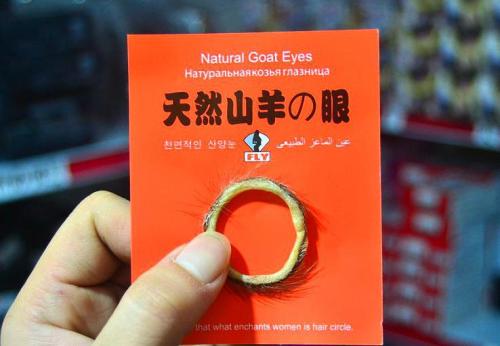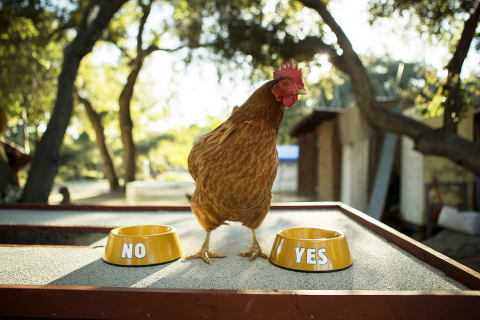
Photo source: Chris Rose/WCSH
A Consumerist article mentioning the overturning of a truck full of lobsters in a snowy area seemingly accidentally has captured a little irony in its headline:
Truck Carrying 30,000 Pounds Of Lobsters Overturns, All Survive To Become Dinner
I am just interested in the slightly-less-than-journalistic tone of the article, which seems to have been written by someone who can also see the irony of every single lobster on that truck surviving the crash only to be repackaged, put on another truck, and killed to be served for dinner. (An alternative headline: “Doomed Lobsters Receive Brief Reprieve”.)
Compare that to the neutral headline of the original article:
Tractor Trailer Carrying 30,000 Lbs. of Lobster Overturns on I-95
Bonus math segment:
Using Wikipedia’s general estimate for size of an average adult lobster to guess each lobster weighs about three pounds, that’s about twenty thousand lobsters on that one truck.
Those boxes appear to be stacked about five high and five wide; guessing at their size using the men lifting the box as a guide, they’re about three feet long. A tractor trailer is about 48′ long, so there are approximately (25x (48/3))=400 crates in the trailer, with…fifty approximately 9″ long lobsters in each one. No wonder that’s a two person lift — each crate would be holding about 150 pounds of lobster.
Upon further research, my guess for the truck’s population might be a little high, likely because some of the lobsters weigh more than three pounds, and the crates are a little smaller than they look. Here’s a photo of one of the crates saying it is designed to hold “only” about 90 pounds of lobster. That’s still approximately thirty 9″ lobsters crammed nose-to-tail in a 32″ x 20″ x 15″ crate. Yikes.


